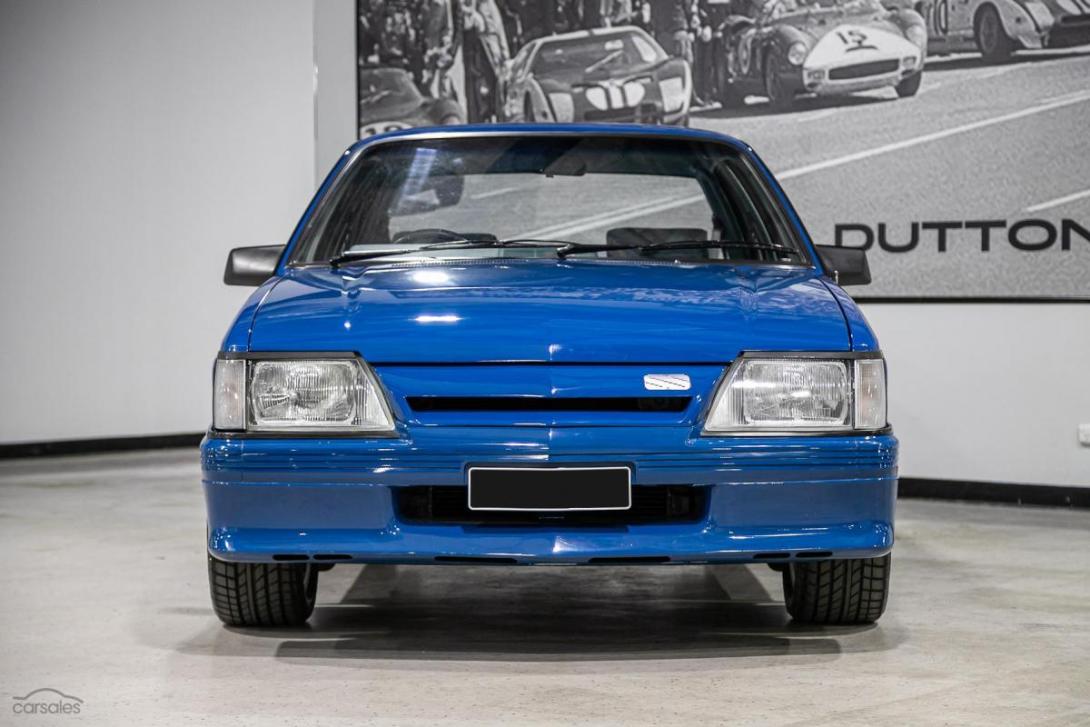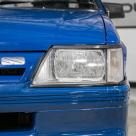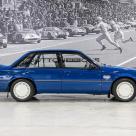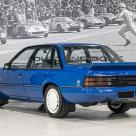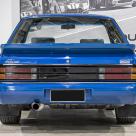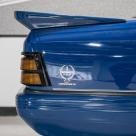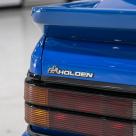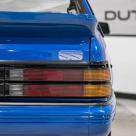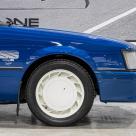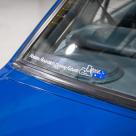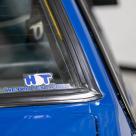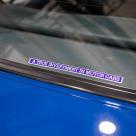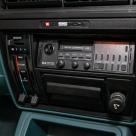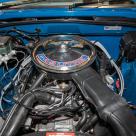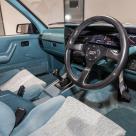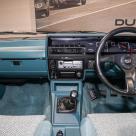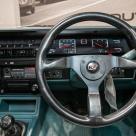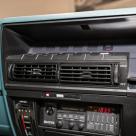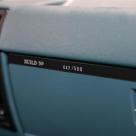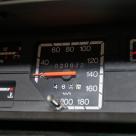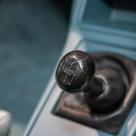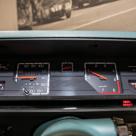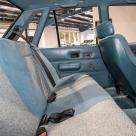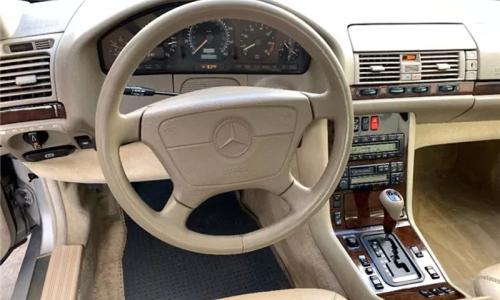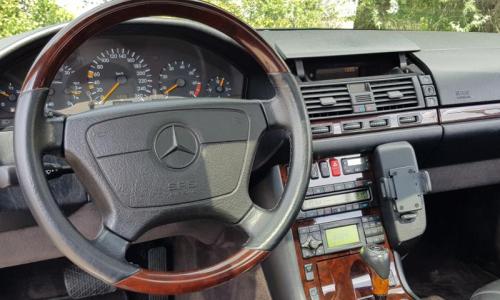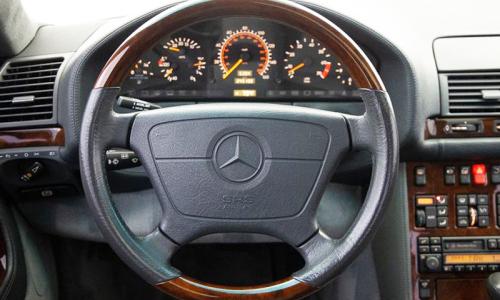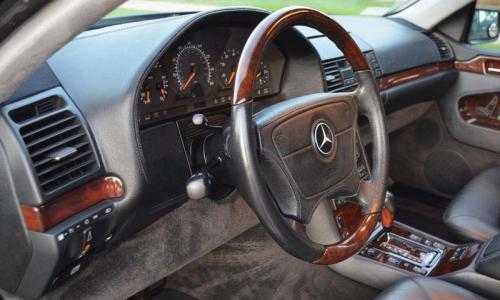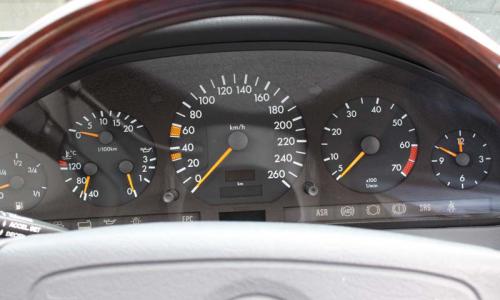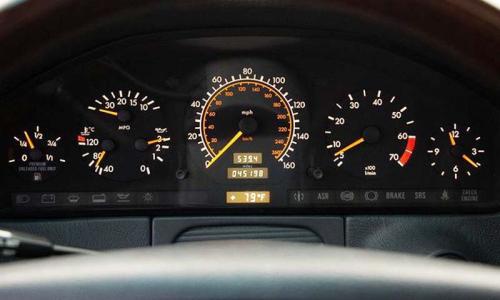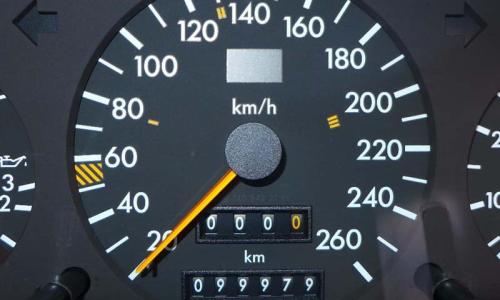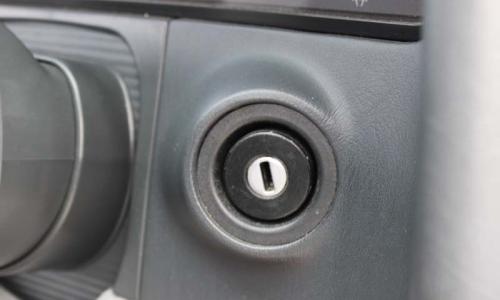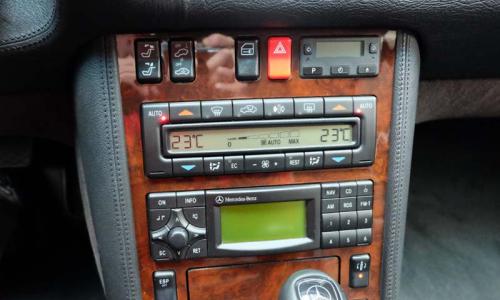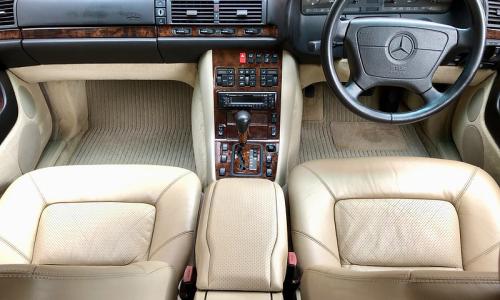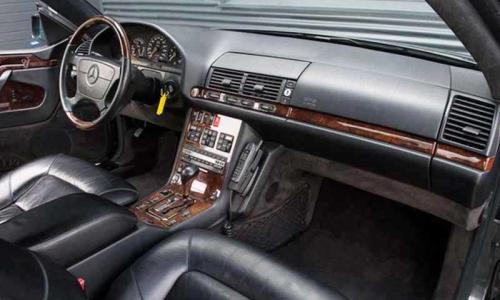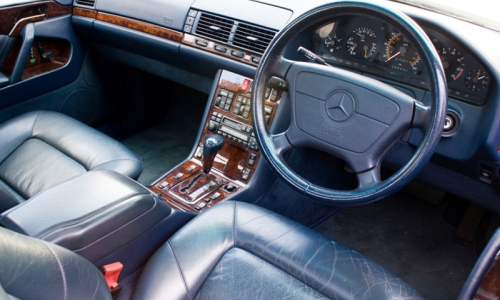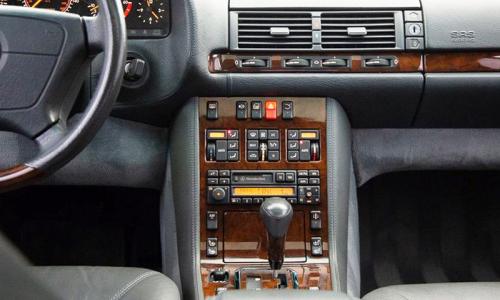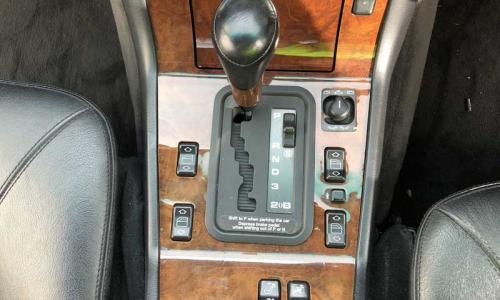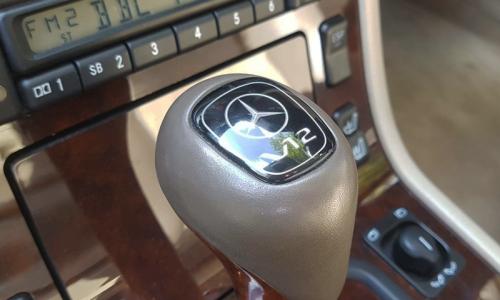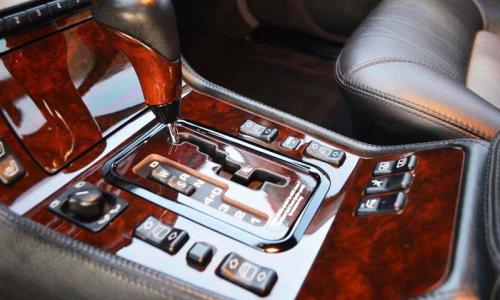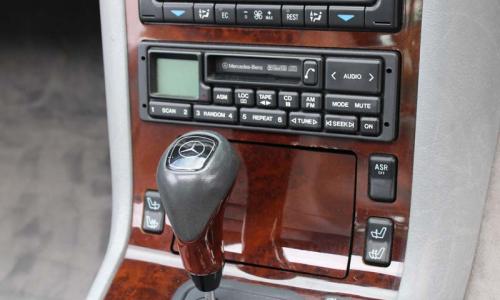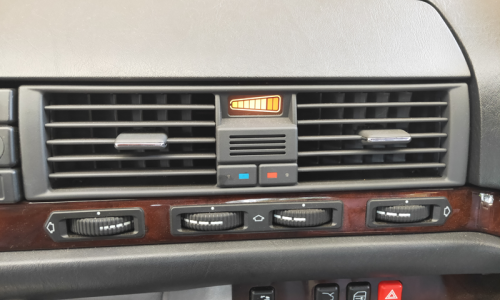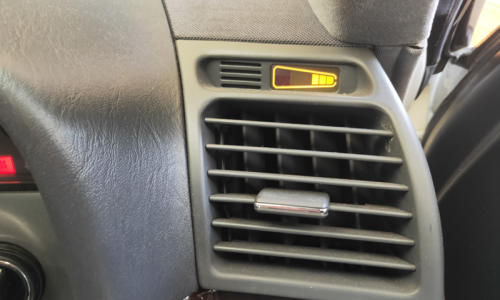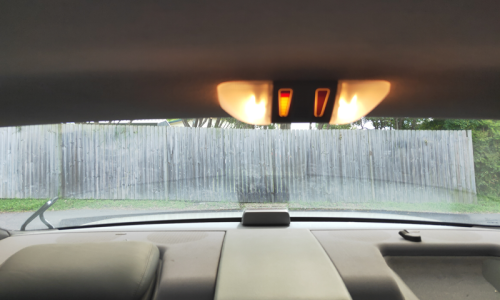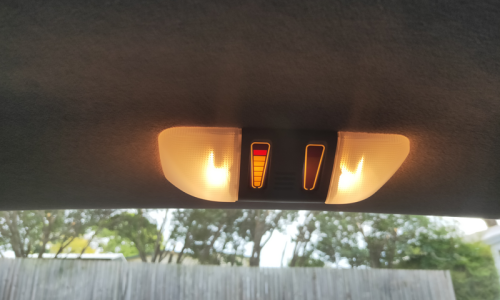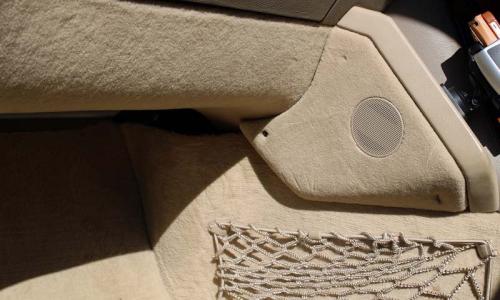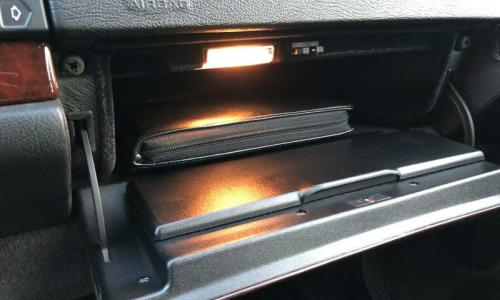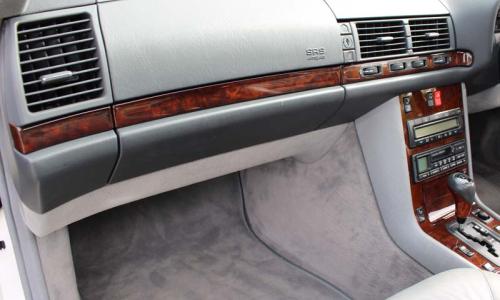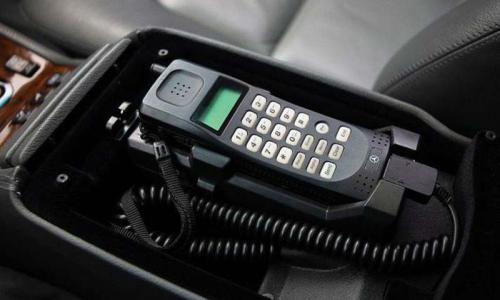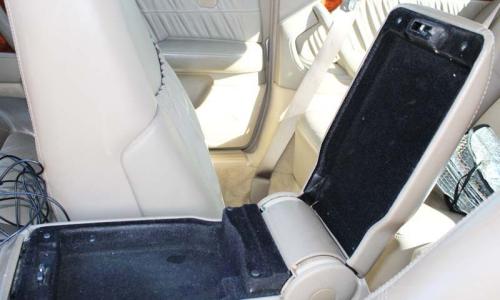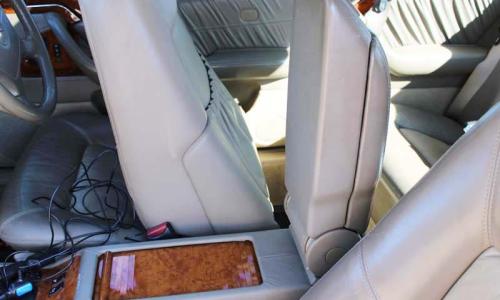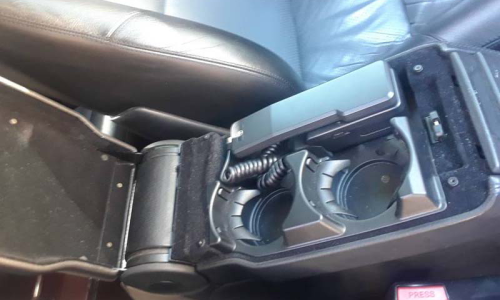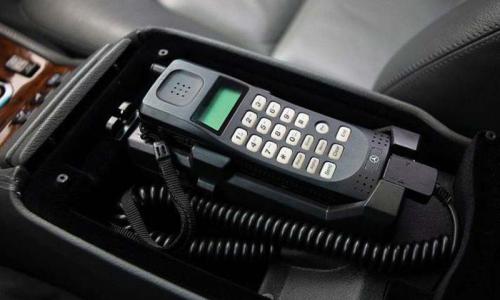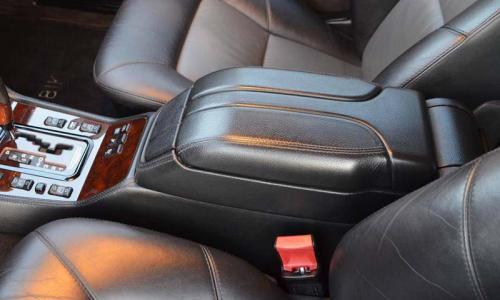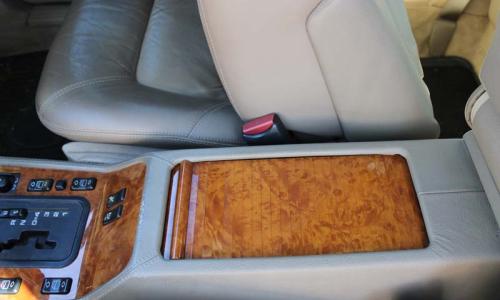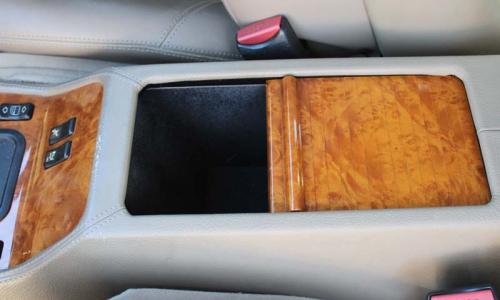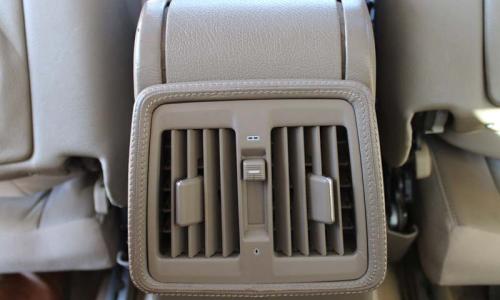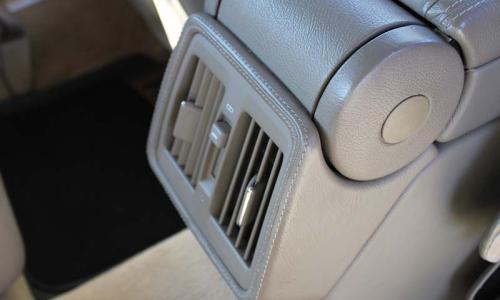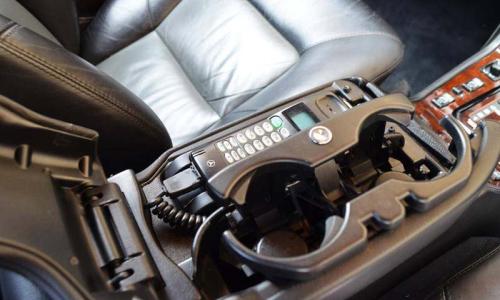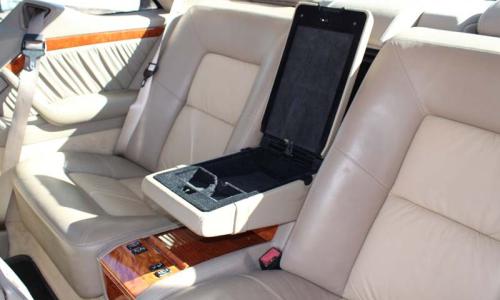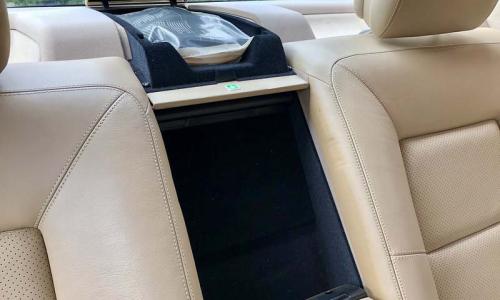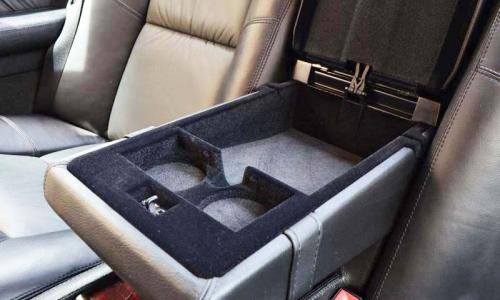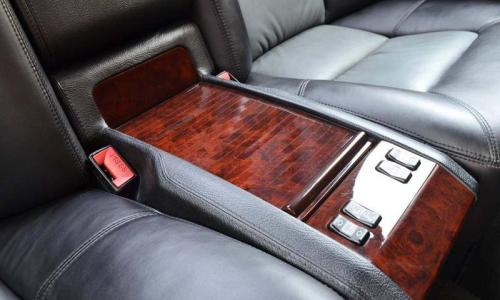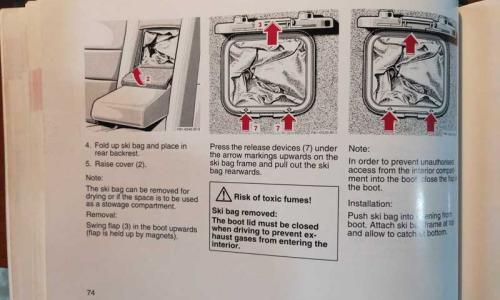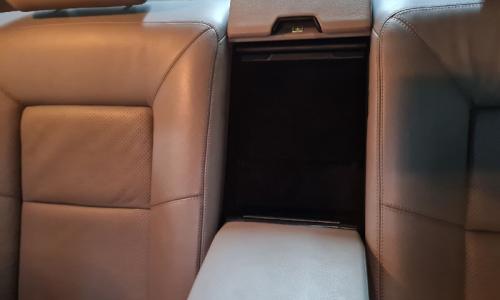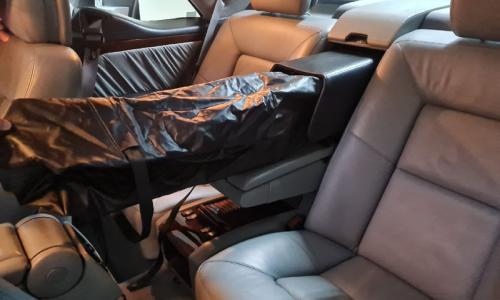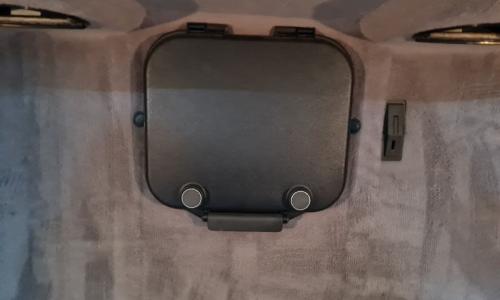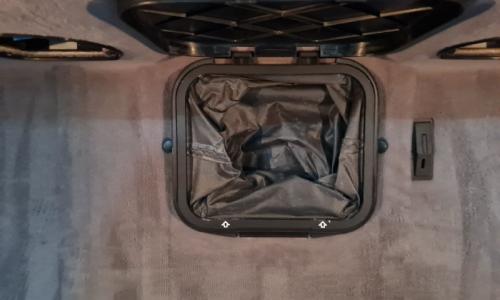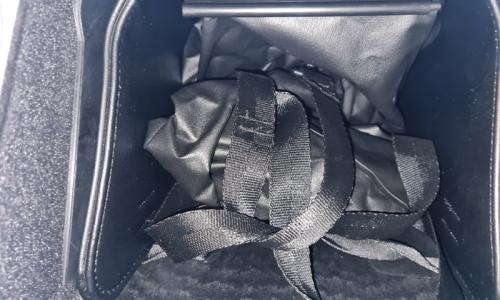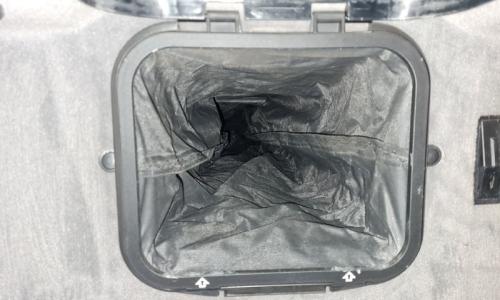For sale: 1985 SS Group A HDT VK Commodore Holden
Specifications
This section of the guide deals specifically with interior features, changes and differences applied to the Mercedes 140 coupe's steering wheel, dashboard and consoles. Fotrim colours available on these areas, please refer to the "Trim colour option" section of this guide.
Steering wheels:
Steering wheels fitted to the C140 were all based around the same 4-spoke design with large dual horn centre pad. However, the wheel was available with different rim and centre boss designs and finishes, including:1
- Full leather wheel: This is the standard wheel which did not include any timber trim. This wheel was available throughout all years on the C140.
- Timber trim wheel 1: From introduction through to around 1997, the C140 was available with an optional wood-rimmed steering wheel. This rim has a 50/50 leather / timber rim (timber applied to the top and base of the rim between the spokes, matching the timber type applied to the interior trim/dash). The wheel is otherwise identical to the full leather wheel noted above at (a), containing the same large centre pad and 4-spoke design.
- Timber trim wheel 2: From around 1997, a revised timber-rimmed wheel was introduced as an option. The rim design with leather and timber remained the same as that offered for the “Timber trim wheel 1” noted above. However, there were changes made to the centre pad, including a gloss finish silver Mercedes badge on a black background, and imitation stitching effect around the edges of the centre pad.
Several timber trim options were available. Those are detailed further in the trim colour section of this guide.
Dashboard and front centre console:
1. Instruments:
The main Instrument panel included the following (from left to right):
- Fuel level;
- A multi-gauge incorporating temperature, oil consumption and oil pressure;
- 260km/hr or 160MPH speedometer (note, instruments on US and UK vehicles had both MPH and km/h incorporated) [Check what Canadian cars have].
- RPM gauge; and
- Analogue clock.
- Early instrument panels (mainly 1993 vehicles) had an analogue odometer. Later vehicles had a digital odometer (small screen).
2. Climate Control:2
- Climate control buttons on early cars (up to June 1995) were positioned in three square sections above the stereo.
- Climate control systems on later cars (fitted from June 1995 in most markets) had a single unit similar to the stereo in size/shape, fitted in the same location.
3. Parking sensor LEDs3
- Pre-June 1996 cars (or Pre-December 1996 cars in the USA and Canada) did not have any parking sensor LED light bar/indicators integrated within the dashboard, nor did they have a rear overhead central lamp (which integrated the rear sensor LED light bars in later cars). Obviosuly, this is because those earlier cars did not have the parktronic bumper sensors.
- From June 1996 (or January 1997 in the USA) the C140 received integrated LED bars in the dash and reat overhead light. As a result of this new system, there were minor revisions to the dashboard design. The LED light bars were installed above the driver’s A/C vent, and between the A/C vents in the middle of the dash. Rear sensor light bars were integrated into the rear centre interior overhead light. As noted above, the rear overhead centre light was introduced as a new feature on post-June 1996 cars.
4. Front Centre console4
- Three different designs were applied to the centre console lid:
- Single large lid (observed across all model years);
- Split lid (observed across all year models). This lid was designed to house the optional Mercedes telephone, and cup-holders (X 2 on the right hand side). Some of these lids did not have the phone or the cup holders fitted, but instead had simply a separate storage compartment in the top part of the lid. On pre-facelift cars, the centre part of the lid was trimmed in perforated leather.
- Revised split lid (observed on very late models (1998/99 US models only from our observations). This lid has distinct side panels on the top part of the lid that lift open and have drink holders on the right side, and if optioned, a phone on the left side.
- As a matter of observation, the vast majority of cars were fitted with the split lid console, type (b). The different designs have been labelled accordingly in the image gallery.
5. Dash buttons and options
- A phone mounting with integrated speaker was available as an option, and fitted to the passenger side of the dash (partly in the passenger’s foot well). This option is shown in a 1997 German C140 brochure. We are unsure whether this was simply an alternative to the "in centre console" telephone options that were otherwise available.
- If the vehicle was optioned with a trip computer, the buttons to control it were placed next to the seatbelt extender buttons (behind the gear shifter).
- If the vehicle was optioned with an electronic rear window sun visor / blind, the button was placed behind the gear shifter in a similar position to the trip computer buttons noted above.
- The ESP/ASR on/off switch button is located on the right hand side of the ash tray
- V12 cars had timber trim on the gear selector panel (the 500s and 420s received a standard grey-black plastic finish).5
Shifter knob differences between years:
- Early shifter knobs were either full leather or half leather with timber trim applied to the middle section of the handle (with a leather top). This knob had a circular leather seam at the top of the shifter, and did not contain any badge a the top.
- From around 1995, the knob design changed slightly, with a gloss rectangular Mercedes badge incorporated at the top of the knob. V12 cars had “V12” printed in white under the Mercedes badge. Note, there appears to be some cross-over as some 1995 models observed retained the earlier shifter design.
6. Rear centre console:
- Based on observation only, it appears that most V12s have a separate lid/compartment built into the top of the rear arm rest that pulls down between the centre of the two rear seats. This feature was optional on the V8 cars, and rarely seen. However, it was certainly optional on V8 cars in some markets, and possibly part of the "leather exclusive" option (Code 515), which specifies the dash, door trims and consoles with leather trim and stitching (this option was commonly applied to V12 cars - see the trim section of this guide for more details). Most V8 vehicles have a simple large leather arm rest that deploys from between the rear seat backrests.
- A "Ski bag" hole between the back seats was optional in some markets - see the image attached of page 74 of the owners' manual, as well as actual example images of the Ski bag option in the 140 coupe. Thanks to the gentleman that reached out and provided those images. We note that the fuel tank in cars optioned with this was reduced by 10l (to 90l) as a result of the area required for the rear trunk access.6
- Although not sighted yet, supposedly the C140 could also be optioned with a rear central arm rest cooler (sized to store 4 aluminium cans or one bottle of champagne). This unit apparently required the "Ski bag" option to have been fitted to the car (as the unit poked through the rear seat bulkhead / fuel tank area).7
Vehicle location
Australia , Victoria , Melbourne
Another Blue Meanie for the register - this one advertised via a dealer in Victoria and asking $440,000 at the time of offering. Wow, things have changes since we last reported on a VK Group A SS in 2016 (where one in WA was asking $75,000)..
The VK SS Group A is certainly my favourite of the VKs - the bodykit is limited to the front air dam and the rear spoiler - meaning the rest of the car's lines are stock and clean, made even better by the colour coding (and blackout treatments).
This example is build number 47 of just 500 built for homologation purposes. Looks immaculate, and the seller noted that the car comes with full service records, having travelled just 20,900km. A pristine example of this classic Australian muscle car from a lost era.
If you have a Brock / SS / HDT commodore, please sign up and add yours to the register.
